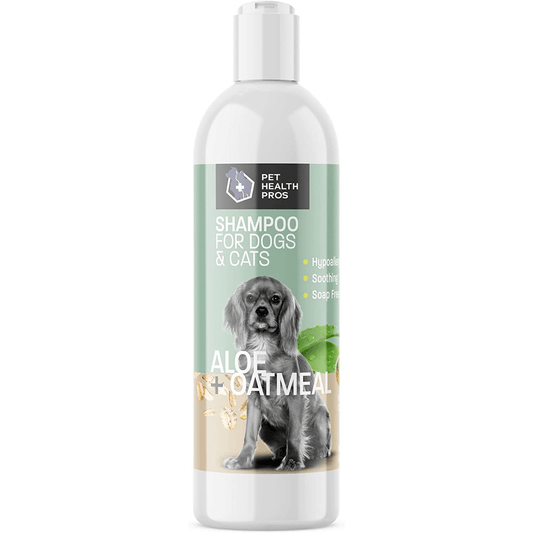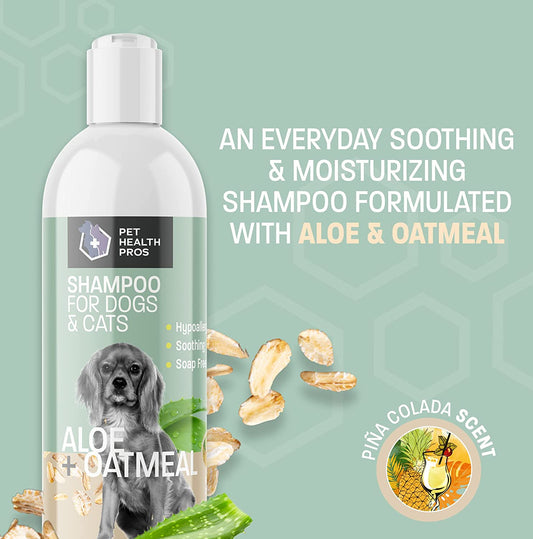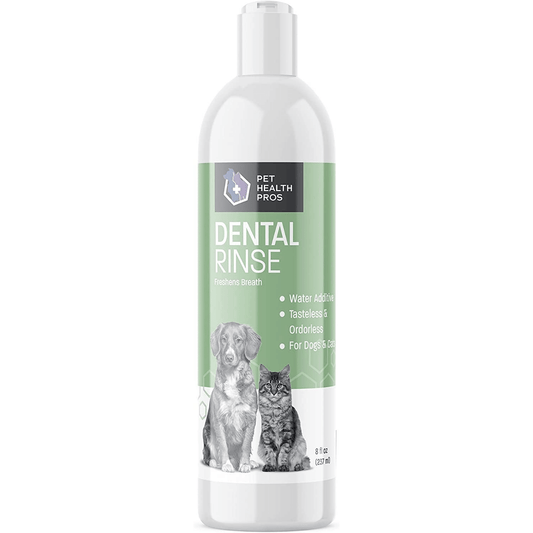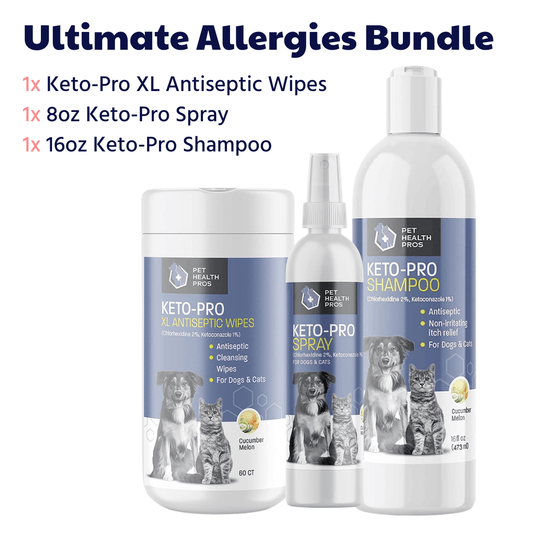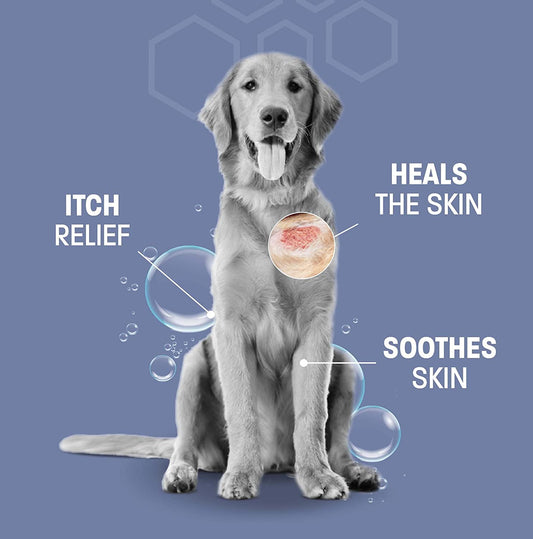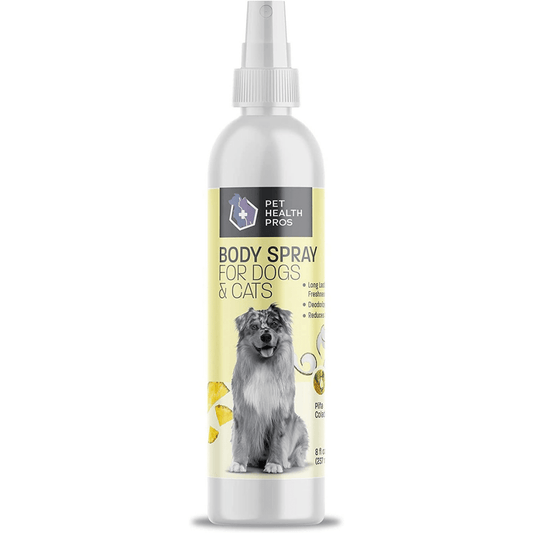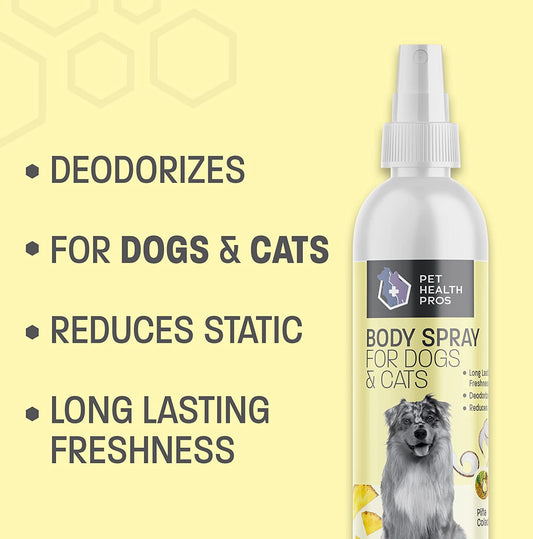Tired of your dog turning your furniture into a chew toy? You're not alone. Many pet owners face this frustrating issue, but there's a simple solution: DIY no chew spray for dogs. It's easy to make, safe for your furry friend, and can save your couch from becoming a casualty. In this article, we'll walk you through the steps to create your own spray, using ingredients you probably already have at home. Plus, we'll share tips on how to use it effectively to keep your home chew-free.
Key Takeaways
- DIY no chew sprays are an affordable way to protect your furniture.
- Natural ingredients like vinegar and citrus work well to deter chewing.
- Avoid harmful substances like essential oils that can be toxic to pets.
- Consistency in application is key to effectiveness.
- Understanding your dog's behavior can help prevent chewing.
Understanding the Need for a DIY No Chew Spray for Dogs
Why Dogs Chew on Furniture
Chewing is a natural behavior for dogs. It helps them relieve stress, explore their environment, and even alleviate boredom. Puppies, in particular, chew to soothe teething pain. However, when this behavior turns towards your furniture, it can become a real problem. Understanding why your dog chews is the first step in addressing the issue. It could be due to anxiety, a lack of exercise, or simply because they find it fun.
Common Household Items Dogs Chew
Dogs aren't picky when it comes to chewing. From shoes to remote controls, if it's within reach, it might end up in their mouth. Some commonly chewed items include:
- Shoes and slippers
- Cushions and pillows
- Wooden furniture legs
- Electrical cords
The Importance of Deterring Chewing
It's vital to deter your dog from chewing inappropriate items not only to save your belongings but also to keep them safe. Chewing on electrical cords, for instance, can lead to severe injuries. A DIY no chew spray can be an effective deterrent. It uses natural ingredients to create a taste that dogs find unpleasant, helping to train them to avoid certain items. For more tailored advice on managing your dog's chewing behavior, consider using Pet Genius, an AI-powered pet health assistant that provides personalized support for pet owners.
A no chew spray isn't just about saving your furniture; it's about teaching your dog which items are off-limits, creating a safer environment for them.
Ingredients for an Effective DIY No Chew Spray
Natural Ingredients to Use
Creating a no chew spray at home can be both simple and effective. Natural ingredients are often the safest options for our furry friends. Here are some you might consider:
- Vinegar: A staple in many households, vinegar's strong odor can deter dogs from chewing.
- Citrus Juices: Dogs generally dislike the smell of citrus. Lemon or orange juice can be a great addition.
- Apple Cider Vinegar: Not only does it have a tart scent, but it's also non-toxic for dogs.
- Essential Oils: Some oils, like eucalyptus or peppermint, can be used sparingly to add a deterring scent. Always ensure they are safe for pets.
Ingredients to Avoid
While making your no chew spray, steer clear of certain ingredients that might be harmful:
- Ammonia: Its strong smell can be too harsh and irritating for dogs.
- Chili Powder: Though effective, it can cause discomfort and shouldn't be used.
- Garlic and Onion: These are toxic to dogs and should never be included.
Safety Considerations for Pets
Safety should always come first when making products for your pets. Here are some tips:
- Always test a small amount of the spray on a surface to ensure your dog doesn't react negatively.
- Avoid using sprays on areas where your dog frequently licks.
- Monitor your dog's behavior after using the spray to ensure there's no adverse reaction.
Crafting a homemade dog anti-chew spray is a great way to protect your home while keeping your pet safe. Always prioritize natural and pet-friendly ingredients for the best results.
For more detailed guidance on creating a homemade dog anti-chew spray, check out this guide.
Step-by-Step Guide to Making Your Own No Chew Spray
Gathering Your Materials
To start, you'll need a few simple ingredients that you probably already have at home. White vinegar and apple cider vinegar are common bases for no chew sprays due to their strong smell and taste, which dogs typically dislike. Additionally, you'll need water and a spray bottle for mixing and application. Optional ingredients include lemon juice or essential oils like eucalyptus or peppermint, which can enhance the deterrent effect.
Mixing the Ingredients
Once you've gathered your materials, it's time to mix them. Here's a simple recipe to follow:
- Measure equal parts of white vinegar and apple cider vinegar.
- Add an equal part of water to dilute the mixture.
- For added deterrence, mix in a teaspoon of lemon juice or a few drops of an essential oil.
- Pour the mixture into a spray bottle and shake well.
It's important to ensure everything is well-blended to maximize the spray's effectiveness.
Proper Storage and Usage
Storing your no chew spray correctly is crucial. Keep it in a cool, dark place to preserve its potency. When applying, spray a small amount on the furniture or areas you want your dog to avoid. Be sure to test a small area first to check for discoloration or damage.
Regular application is key to success. Reapply the spray every few days or after cleaning the area to maintain its effectiveness. Monitoring your dog's reaction can help you adjust the formula if needed.
For those interested in combining dog no chew spray with behavioral solutions, this approach can be a powerful method to address unwanted chewing habits. The spray acts as a taste deterrent, while behavioral training ensures long-term success.
How to Apply DIY No Chew Spray Effectively
Best Practices for Application
Applying your DIY no chew spray correctly is key to keeping your furniture safe from your dog's gnawing habits. Always test the spray on a small, hidden area of the furniture first to ensure it doesn't cause discoloration or damage. Once you're sure it's safe, spray a light mist over the areas where your dog tends to chew. Make sure you're not over-soaking the furniture; a light coating is usually enough to deter your furry friend.
Frequency of Application
Reapply the spray every few days, especially if you notice your dog returning to their old chewing spots. The scent and taste of the spray will fade over time, so regular application is necessary to maintain its effectiveness. Keep an eye on how long it takes before your dog starts chewing again, as this can help you determine the optimal reapplication schedule.
Monitoring Your Dog's Reaction
After applying the spray, watch your dog's behavior closely. Some dogs might be more persistent and require additional measures to stop chewing. If your dog seems unaffected by the spray, you might need to adjust the formula or try different deterrent methods. Remember, the goal is to find a solution that works for both you and your pet.
Alternative Solutions to Prevent Chewing
Training Techniques to Discourage Chewing
Training your dog not to chew on furniture and other household items can be a game changer. Consistency is key. Start by teaching basic commands like "leave it" or "no." Reward your dog with treats or praise when they obey. Positive reinforcement is crucial here; it helps dogs associate good behavior with rewards. If you catch your dog in the act, redirect them to a more appropriate activity, like playing with a chew toy.
Providing Chew Toys
Chew toys are an excellent way to satisfy your dog’s natural urge to chew. Choose toys that are durable and safe for your pet. Rubber toys and dental chews are popular choices. Here's a quick list of what to look for:
- Size: Ensure the toy is appropriate for your dog's size to prevent choking.
- Material: Opt for non-toxic materials that can withstand heavy chewing.
- Variety: Having a range of textures and shapes can keep your dog interested.
Using Commercial No Chew Products
Sometimes, a little extra help is needed to keep your dog from chewing on furniture. Commercial no chew sprays can be effective. These sprays usually have a bitter taste that dogs dislike. When selecting a product, check the ingredients to ensure they are safe for pets. Apply the spray to the areas you want to protect and reapply as needed. Remember, this is just one part of a broader strategy to prevent chewing.
Maintaining a chew-free home requires a combination of training, providing alternatives, and sometimes using deterrents. Be patient and persistent, and you'll likely see positive results.
Understanding Your Dog's Chewing Behavior
Identifying Triggers for Chewing
Dogs chew for a bunch of reasons. It could be teething, boredom, or even anxiety. Puppies, especially, chew a lot when they're teething. It's their way of dealing with the discomfort. For older dogs, chewing might happen because they're bored or anxious. Being left alone for too long can make them chew on stuff they shouldn't. Recognizing these triggers early can help you manage the behavior better.
Behavioral Signs to Watch For
Keep an eye on your dog's behavior. If they're chewing on furniture, shoes, or other things they shouldn't, it's a sign they're trying to tell you something. Maybe they're stressed or just need more playtime. Look for signs like restlessness or excessive barking, which can indicate they're not getting enough mental or physical stimulation. A calm and occupied dog is less likely to chew destructively.
When to Consult a Professional
Sometimes, despite your best efforts, your dog might keep chewing on things. If this happens, it might be time to get professional help. A vet or a dog behaviorist can offer insights into why your dog is chewing and suggest solutions. They might recommend training techniques or even medical interventions if there's an underlying health issue. Remember, it's okay to ask for help when you need it.
Understanding why your dog chews is the first step in managing the behavior. By identifying triggers and monitoring their actions, you can help reduce unwanted chewing and keep your home intact.
Maintaining a Chew-Free Home Environment
Regular Cleaning and Maintenance
Keeping your home tidy is a simple yet effective way to discourage your dog from chewing. Regularly vacuuming and dusting can remove enticing scents that might attract your dog to chew on furniture or other items. Ensure that any food crumbs or spills are promptly cleaned up, as these can be particularly tempting for curious pups. Additionally, inspect your home for any potential hazards or chewable items that might have been overlooked.
Creating a Dog-Friendly Space
Designate a specific area in your home where your dog can relax and play. This space should be stocked with toys, a comfortable bed, and perhaps a few chew-approved items. By providing a designated area, you not only give your dog a sense of ownership but also reduce the likelihood of them targeting your furniture. Consider using DIY no chew sprays to reinforce boundaries and protect your belongings from damage.
Consistency in Training
Training your dog requires patience and consistency. Establish clear rules about which items are off-limits and reinforce these boundaries regularly. Use positive reinforcement techniques, such as treats or praise, to reward your dog when they choose appropriate chew toys over furniture. It's important to remember that consistency is key; mixed messages can confuse your dog and hinder progress.
Maintaining a chew-free home is an ongoing process. With regular cleaning, a dedicated space for your dog, and consistent training, you can enjoy a harmonious living environment where both you and your furry friend are happy.
To keep your home free from chewing damage, start by removing tempting items that your pet might want to chew on. Use pet-safe sprays on furniture to make them less appealing. Provide plenty of toys for your pet to chew on instead. Regularly check your home for any items that could be harmful if chewed. For more tips and products to help maintain a chew-free environment, visit our website!
Wrapping It Up: Your DIY No Chew Spray Adventure
So, there you have it! Making your own no chew spray for dogs isn't rocket science. With just a few simple ingredients, you can protect your furniture and keep your pup happy. Remember, consistency is key. Keep applying the spray regularly, and soon enough, your dog will get the hint. Plus, it's a natural way to keep your home looking nice without any harsh chemicals. Give it a try and see how it works for you. Who knows, you might even save a few bucks in the process. Happy DIY-ing!
Frequently Asked Questions
What is a DIY no chew spray for dogs?
A DIY no chew spray is a homemade solution designed to prevent dogs from chewing on furniture and other household items. It usually contains ingredients that taste bad to dogs.
Why do dogs chew on things like furniture?
Dogs often chew on furniture because they are bored, teething, or anxious. Chewing can also be a way for them to explore their environment.
What ingredients are safe to use in a DIY no chew spray?
Safe ingredients for a DIY no chew spray include apple cider vinegar, lemon juice, and water. These are natural and non-toxic to dogs.
How often should I apply the no chew spray?
You should apply the no chew spray every few days or whenever you notice your dog starting to chew on furniture again. Consistency is key to deterring the behavior.
Are there any commercial alternatives to homemade no chew sprays?
Yes, there are commercial no chew sprays available at pet stores. They are specifically formulated to deter dogs from chewing and can be a convenient option.
What should I do if my dog keeps chewing despite using the spray?
If your dog continues to chew, consider providing chew toys, increasing their exercise, or consulting a professional trainer to address underlying behavioral issues.

